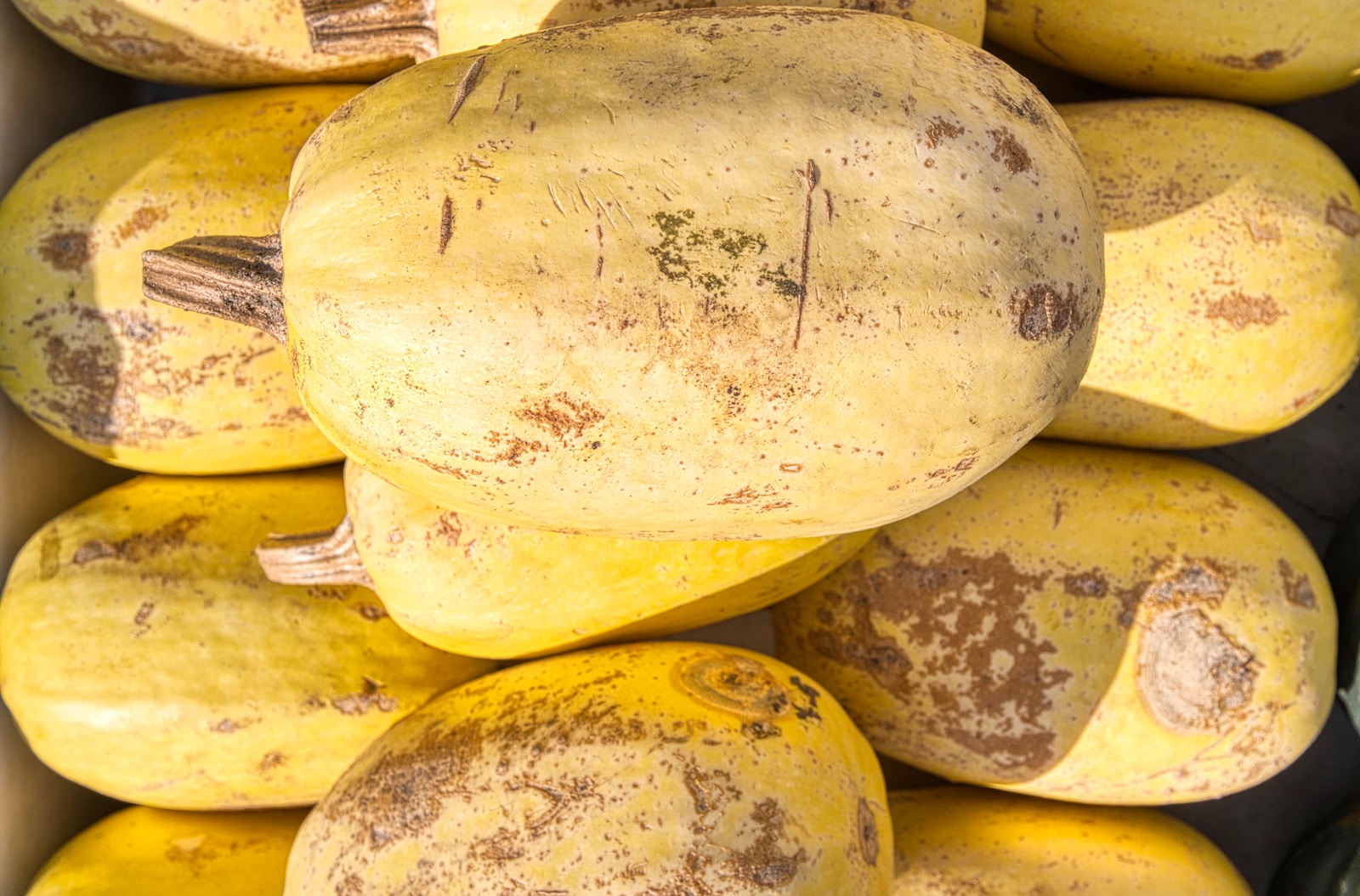
Yellow squash is a popular summer vegetable that can be used in a variety of dishes. However, like all produce, it can go bad if not stored properly. It is important to know how to tell if yellow squash is bad to avoid consuming spoiled food.
One way to determine if yellow squash is bad is to look at its appearance. Fresh yellow squash should be firm, smooth, and bright in color. If the squash is soft, wrinkled, or has brown spots, it may be spoiled. Another way to check if yellow squash is bad is to smell it. Spoiled squash will have a strong, unpleasant odor.
To ensure that yellow squash stays fresh, it should be stored in a cool, dry place, such as a refrigerator. It is also important to use the squash within a few days of purchase. By following these tips, one can easily tell if yellow squash is bad and avoid consuming spoiled food.
Table of Contents
Identifying Bad Yellow Squash
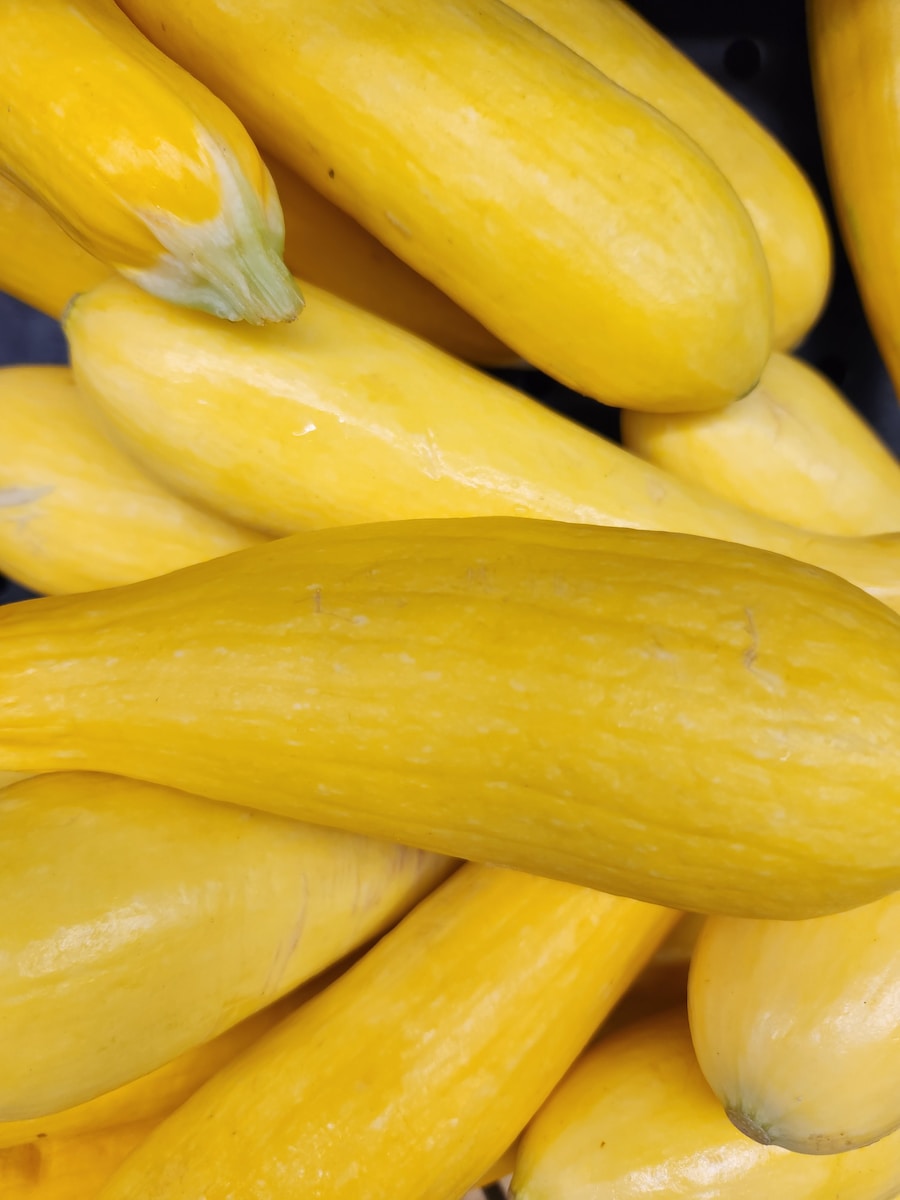
Yellow squash is a delicious and nutritious vegetable, but it can spoil quickly if not stored properly. Here are some ways to identify bad yellow squash:
Skin Texture and Color
The skin of a good yellow squash should be firm and smooth. If the skin is wrinkled, soft, or discolored, it may be a sign that the squash is past its prime. Good yellow squash should also have a vibrant, uniform yellow color.
Size and Weight
Yellow squash should be relatively small and lightweight. If the squash is too large or heavy, it may be overripe or starting to rot.
Smell and Taste
Good yellow squash should have a mild, slightly sweet smell. If the squash smells sour, musty, or rotten, it may be spoiled. Similarly, if the squash tastes bitter or has a strange texture, it may be past its prime.
Soft Spots and Mold
Inspect the squash for any soft spots or areas that are starting to rot. If you see any mold growing on the squash, it is definitely bad and should be discarded immediately.
Signs of Spoilage
Other signs that yellow squash is bad include:
- A slimy texture
- A mushy or mealy texture
- A hollow or empty feeling when squeezed
- Brown spots or discoloration
- Pitting or other damage to the skin
In general, if you have any doubts about the freshness of your yellow squash, it’s best to err on the side of caution and throw it out.
Storing Yellow Squash
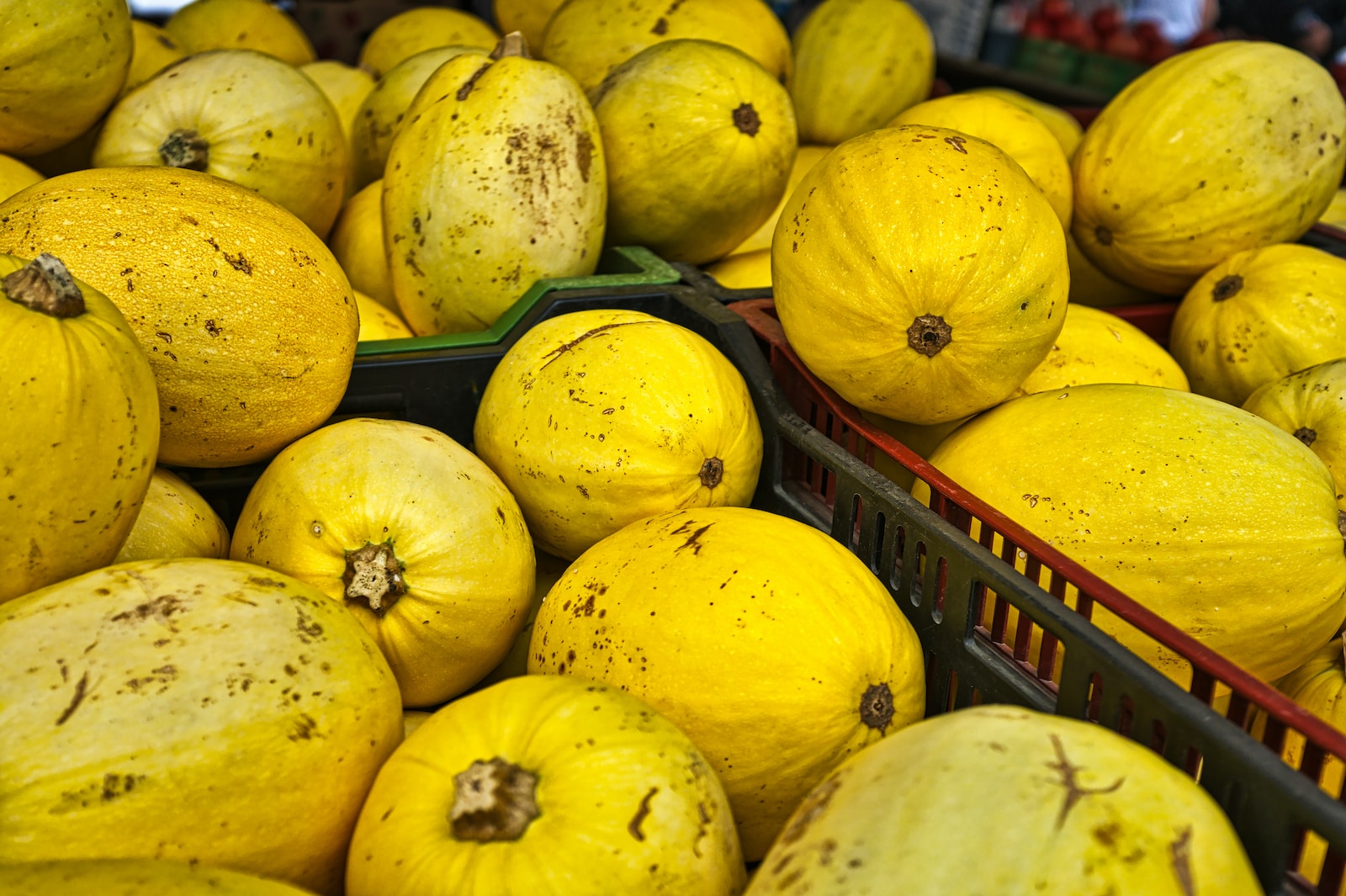
Yellow squash is a delicious and nutritious vegetable that can be enjoyed in a variety of ways. However, it is important to store it properly to ensure that it stays fresh and flavorful for as long as possible. Here are some tips for storing yellow squash:
Refrigerator Storage
Yellow squash can be stored in the refrigerator to keep it fresh for a longer period of time. To do this, place the squash in an airtight container or a plastic bag and store it in the vegetable crisper drawer of the fridge. Make sure to use the squash within 3-5 days for best results.
Freezing Yellow Squash
If you have a surplus of yellow squash, you can freeze it for later use. To freeze yellow squash, wash and slice it into 1/2 inch rounds. Blanch the squash in boiling water for 3 minutes, then immediately transfer it to an ice water bath to stop the cooking process. Drain the squash and pack it into freezer-safe containers or bags. Label the containers with the date and freeze for up to 6 months.
Room Temperature Storage
Yellow squash can also be stored at room temperature, but it will not last as long as when refrigerated. To store yellow squash at room temperature, keep it in a cool, dry place away from direct sunlight. Use the squash within 2-3 days for best results.
In summary, yellow squash can be stored in the refrigerator, freezer, or at room temperature depending on your needs. Remember to use an airtight container or plastic bag when storing in the fridge, blanch and freeze for best results when freezing, and keep it in a cool, dry place when storing at room temperature.
Shelf Life of Yellow Squash
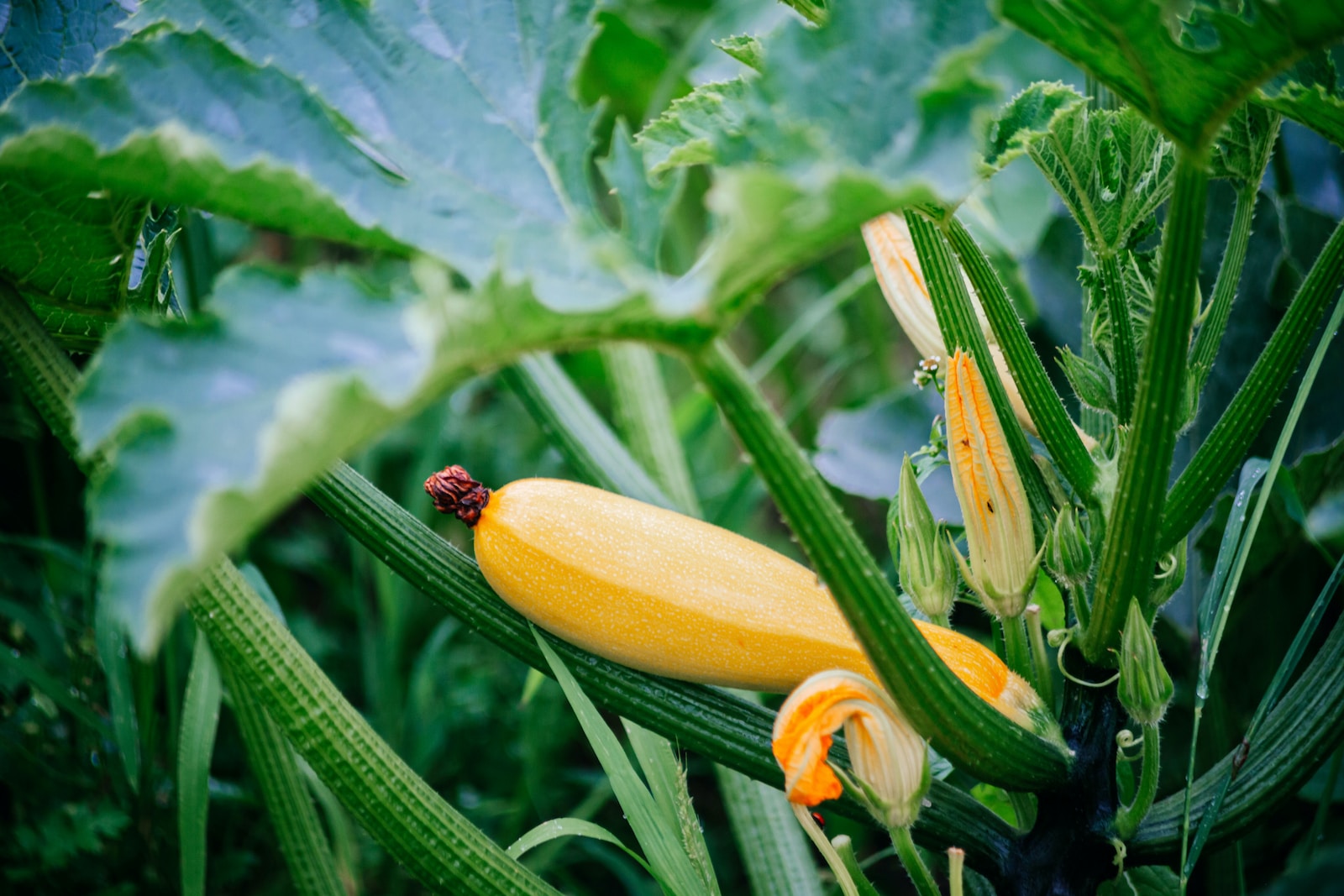
Yellow squash is a type of summer squash that is commonly used in salads, soups, and stews. It is a versatile and nutritious vegetable that can be enjoyed in a variety of ways. However, like all vegetables, yellow squash has a limited shelf life. In this section, we will discuss the shelf life of yellow squash and how to tell if it has gone bad.
Fresh Yellow Squash
Fresh yellow squash can last for up to a week when stored properly. It is best to store it in the refrigerator in a plastic bag or container. Make sure to remove any excess moisture before storing it, as this can cause the squash to spoil more quickly.
When checking if fresh yellow squash is still good to eat, look for signs of decay such as soft spots, discoloration, or a foul odor. If the squash is still firm and has a vibrant color, it is safe to eat.
Stored Yellow Squash
If you have leftover yellow squash, it can be stored in the refrigerator for up to 3-4 days. Make sure to store it in an airtight container or wrap it tightly in plastic wrap to prevent moisture from getting in.
When checking if stored yellow squash is still good to eat, look for the same signs of decay as fresh yellow squash. If the squash has become slimy or has a sour smell, it is no longer safe to eat.
Frozen Yellow Squash
Yellow squash can also be frozen for later use. To freeze yellow squash, wash and slice it into desired sizes, blanch it in boiling water for 2-3 minutes, then immediately transfer to an ice bath to stop the cooking process. Once the squash has cooled, drain any excess water and store it in an airtight container or freezer bag.
Frozen yellow squash can last up to 8-10 months in the freezer. When checking if frozen yellow squash is still good to eat, look for freezer burn or ice crystals, which can indicate that the squash has been in the freezer for too long. If the squash looks and smells normal, it is safe to eat.
In summary, yellow squash has a limited shelf life, but it can be stored and enjoyed for several days if stored properly. When checking if yellow squash is still good to eat, look for signs of decay and use your best judgement.
Different Types of Squash
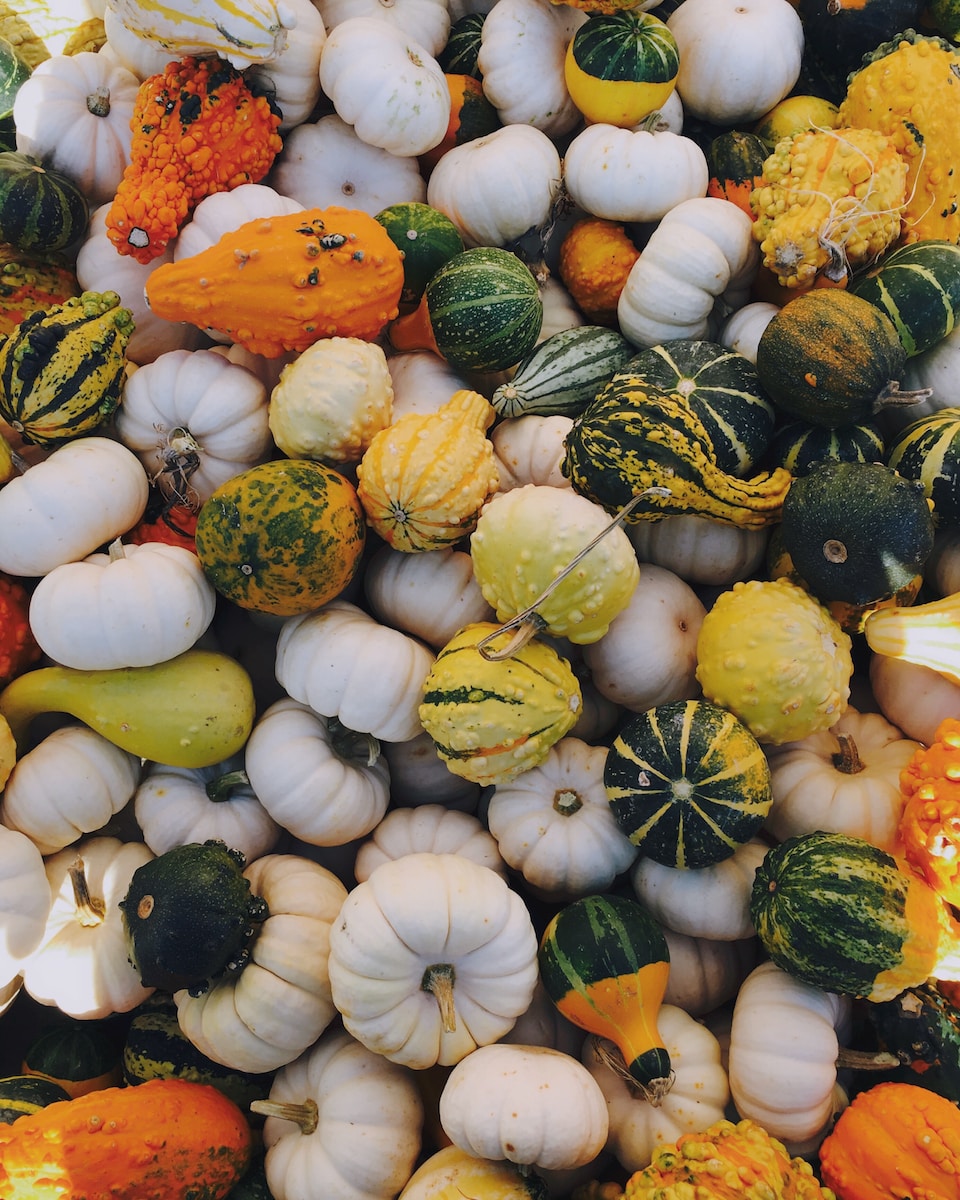
Summer Squash
Summer squash is a type of vegetable that is harvested during the summer months. It is a type of squash that has a thin skin and soft flesh. The most common types of summer squash are zucchini and yellow squash. Summer squash is a good source of vitamin C, vitamin A, and fiber. It can be eaten raw or cooked and is often used in salads, stir-fries, and soups.
Winter Squash
Winter squash is a type of squash that is harvested during the fall and winter months. It has a hard outer shell and firm flesh. Some common types of winter squash include acorn squash, butternut squash, and spaghetti squash. Winter squash is a good source of vitamin A, vitamin C, and fiber. It can be roasted, baked, or mashed and is often used in soups, stews, and casseroles.
Butternut Squash
Butternut squash is a type of winter squash that has a tan outer skin and orange flesh. It is a good source of vitamin A, vitamin C, and fiber. Butternut squash can be roasted, baked, or mashed and is often used in soups, stews, and casseroles. It has a sweet, nutty flavor and a creamy texture.
Spaghetti Squash
Spaghetti squash is a type of winter squash that has a yellow outer skin and a stringy, spaghetti-like flesh. It is a good source of vitamin A, vitamin C, and fiber. Spaghetti squash can be roasted, baked, or boiled and is often used as a low-carb substitute for pasta. It has a mild flavor and a slightly crunchy texture.
Overall, there are many different types of squash that can be enjoyed in a variety of ways. Whether you prefer summer squash or winter squash, there is sure to be a type of squash that you will love.
Preparing and Cooking Yellow Squash
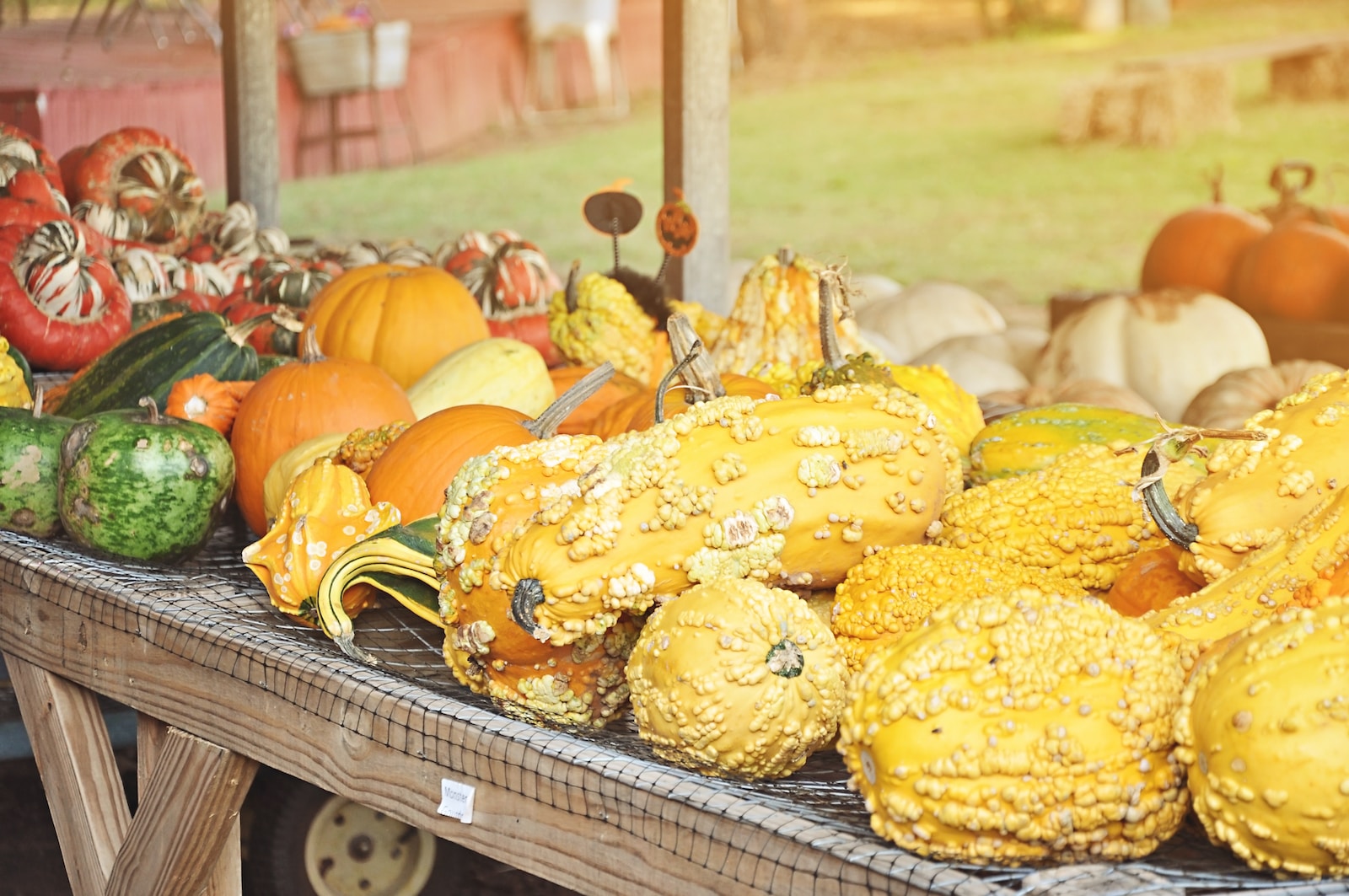
Washing and Peeling
Before cooking yellow squash, it is important to wash it thoroughly under running water to remove any dirt or debris. You can also use a vegetable brush to scrub the skin of the squash. If the squash has any blemishes or bruises, it is best to cut them out before cooking.
Peeling yellow squash is optional, as the skin is edible and contains many nutrients. However, if you prefer to peel it, you can use a vegetable peeler or a knife to remove the skin.
Roasting and Baking
Roasting and baking yellow squash are both great ways to bring out its natural sweetness and flavor. To roast yellow squash, preheat your oven to 400°F. Cut the squash into small, bite-sized pieces and toss them with olive oil, salt, and pepper. Spread the squash out in a single layer on a baking sheet and roast for 20-25 minutes, or until tender and golden brown.
To bake yellow squash, preheat your oven to 375°F. Cut the squash into thin slices and arrange them in a baking dish. Drizzle with olive oil and sprinkle with salt and pepper. Bake for 20-25 minutes, or until tender and lightly browned.
Grilling Yellow Squash
Grilling yellow squash is a great way to add a smoky flavor to this delicious vegetable. To grill yellow squash, preheat your grill to medium-high heat. Cut the squash into thick slices and brush with olive oil. Grill the squash for 3-4 minutes per side, or until tender and lightly charred.
Yellow squash can be used in a variety of recipes, including salads, stir-fries, and soups. It can be eaten raw or cooked, and is a great source of vitamins and minerals.
Health Benefits and Nutrition Facts
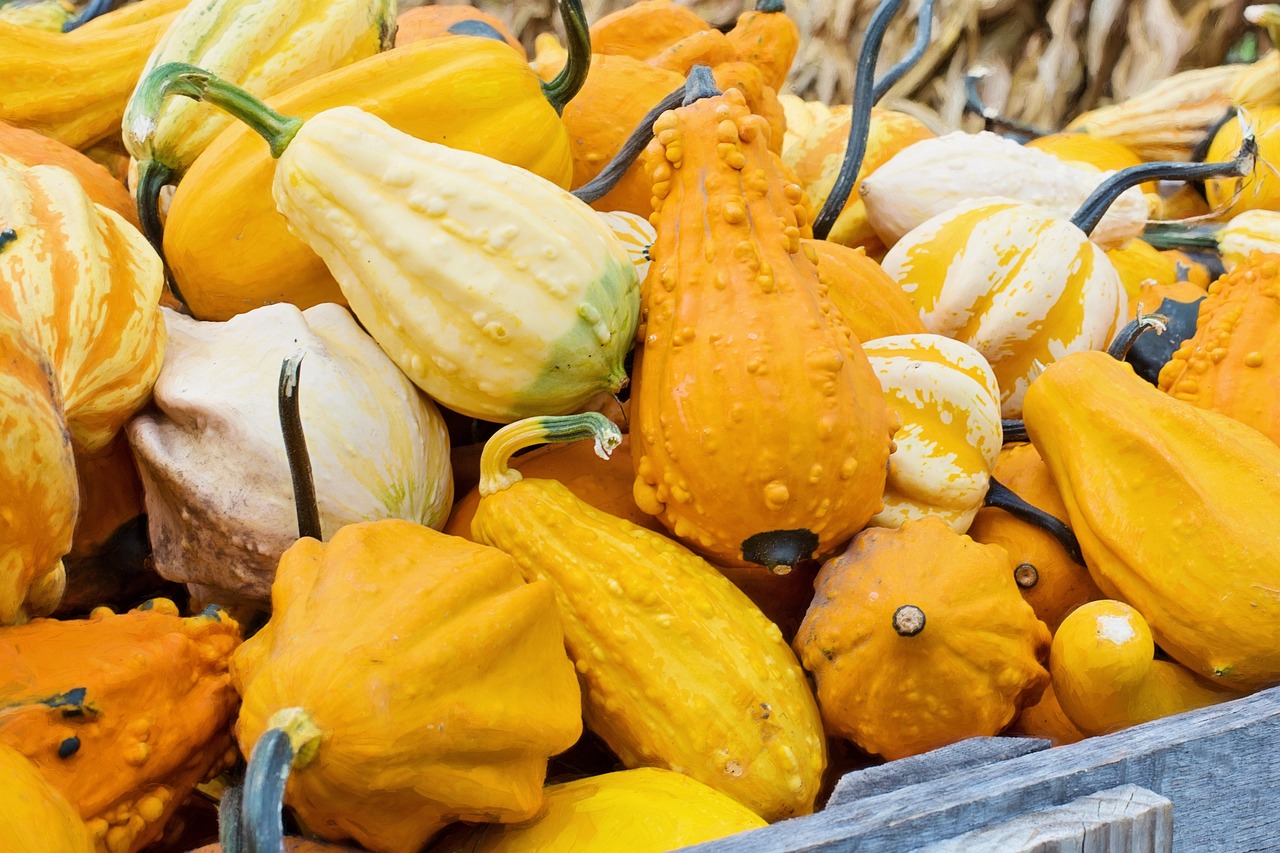
Vitamins and Minerals
Yellow squash is a good source of vitamins and minerals, making it a healthy addition to any diet. It is particularly high in vitamin A, which is important for maintaining good eye health. Additionally, it contains vitamin C, which is an antioxidant that helps to protect cells from damage caused by free radicals.
In terms of minerals, yellow squash is a good source of potassium and magnesium. Potassium is important for maintaining healthy blood pressure levels, while magnesium is important for maintaining strong bones and healthy muscle function.
Potassium and Magnesium
Yellow squash is a good source of both potassium and magnesium. Potassium is an essential mineral that helps to regulate blood pressure and maintain proper fluid balance in the body. It also helps to support healthy muscle and nerve function.
Magnesium is another important mineral that is found in yellow squash. It is essential for maintaining strong bones and healthy muscle function. It also helps to regulate blood sugar levels and supports healthy immune system function.
Fiber Content
Yellow squash is also a good source of dietary fiber, which is important for maintaining good digestive health. Fiber helps to promote regular bowel movements and can help to reduce the risk of developing constipation, hemorrhoids, and other digestive problems.
In addition to its digestive benefits, fiber can also help to lower cholesterol levels and reduce the risk of developing heart disease. It can also help to promote feelings of fullness and reduce the risk of overeating, which can be helpful for weight management.
Overall, yellow squash is a nutritious and healthy vegetable that can provide a range of health benefits. It is particularly high in vitamins and minerals, including vitamin A, potassium, and magnesium, and is also a good source of dietary fiber.
Potential Risks of Consuming Bad Squash
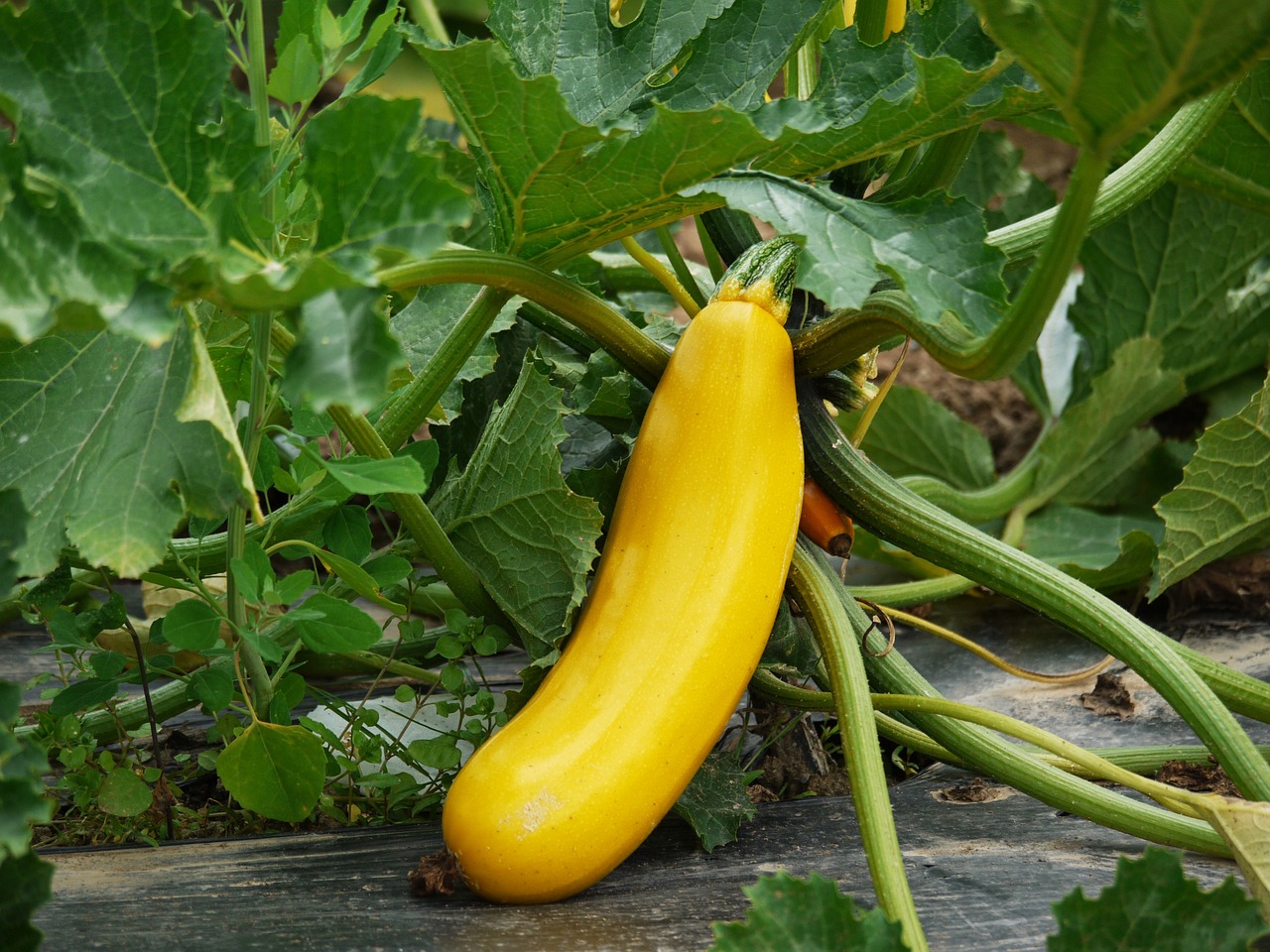
Food Poisoning
Consuming bad squash can lead to food poisoning, which can cause symptoms such as nausea, vomiting, diarrhea, and fever. The bacteria that cause food poisoning can grow on the surface of the squash, especially if it has been cut or damaged. If the squash has been stored improperly or for too long, it can become contaminated with harmful bacteria such as Salmonella or E. coli.
To avoid food poisoning, it is important to inspect the squash before you buy it and to store it properly at home. Look for squash that is firm, unblemished, and free from soft spots or mold. Store it in a cool, dry place, such as the refrigerator, and use it within a few days of purchase.
Toxic Squash Syndrome
In addition to food poisoning, bad squash can also cause a condition known as toxic squash syndrome. This condition is caused by the buildup of a toxin called cucurbitacin, which can occur when the squash is grown under stressful conditions or is cross-pollinated with a bitter variety of squash.
Symptoms of toxic squash syndrome can include nausea, vomiting, abdominal pain, and diarrhea. In severe cases, it can even lead to hospitalization. This condition is rare, but it is important to be aware of the risk and to avoid consuming squash that has a bitter taste or a strong, unpleasant odor.
In summary, consuming bad squash can pose a risk to your health. It is important to inspect the squash before purchasing it, store it properly, and avoid consuming squash that is mushy, has a rotten smell, or is visibly rotten. If you experience any symptoms of food poisoning or toxic squash syndrome after consuming squash, seek medical attention immediately.